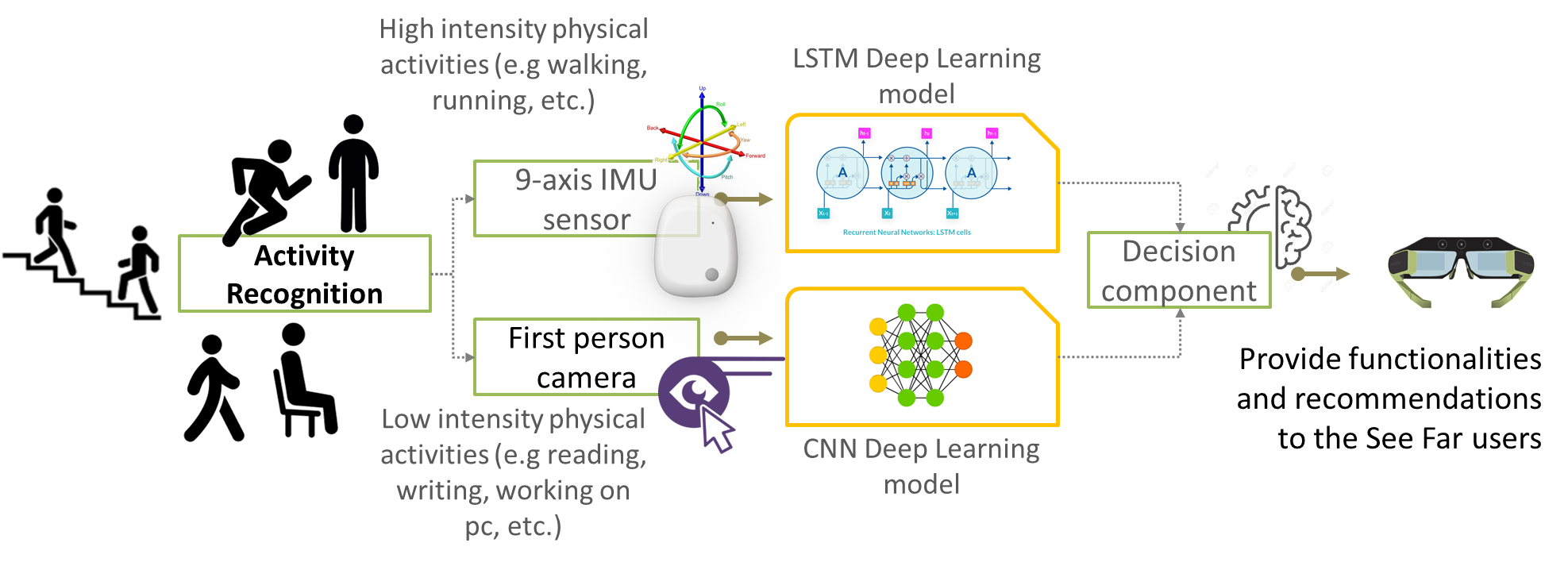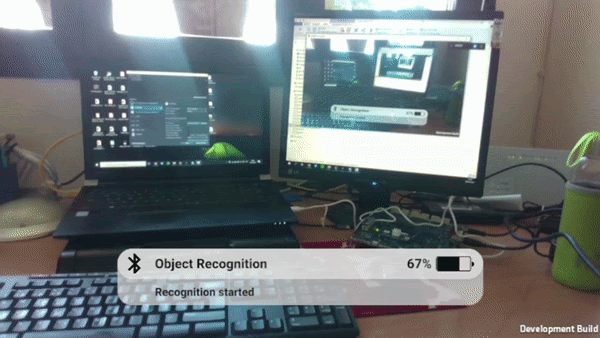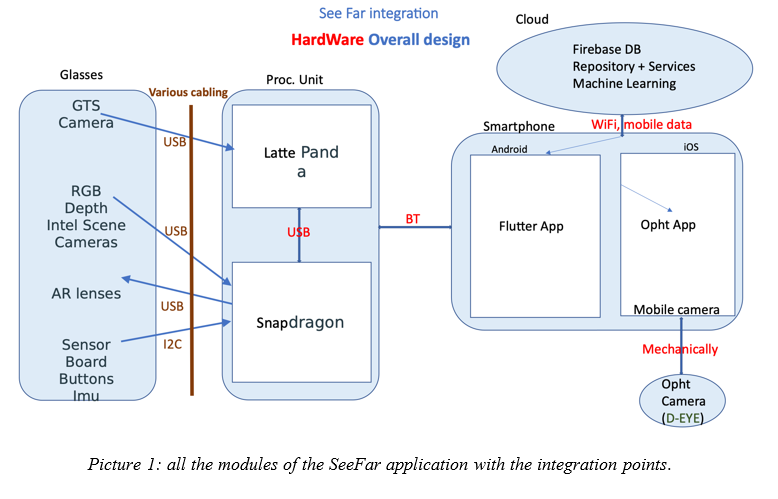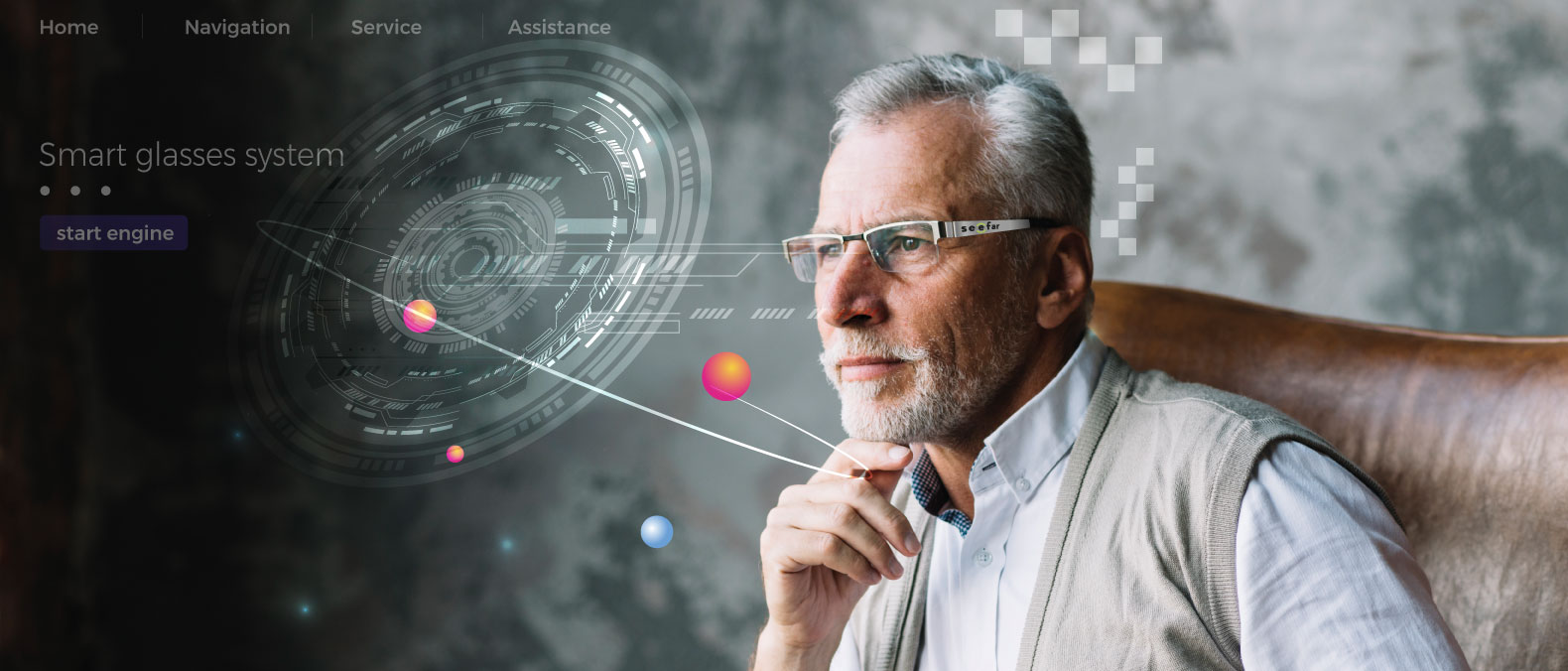One of the innovative features of the See Far solution is that the provided suggestions are adaptive to the profile of the user. This is achieved through the Personalized visual recommendation service. The Personalized profile of the user consists of the socio-demographic profile (e.g. age, occupation, marital status, etc.), the medical profile of the user (type of vision deficiency, severity of its vision deficiency, comorbidities,…





